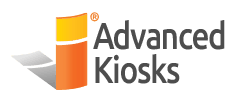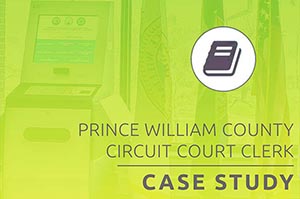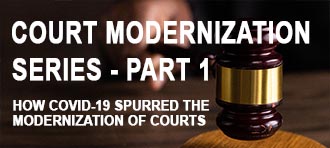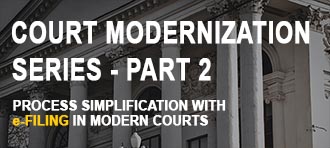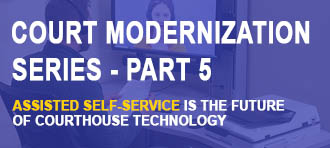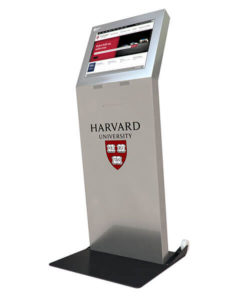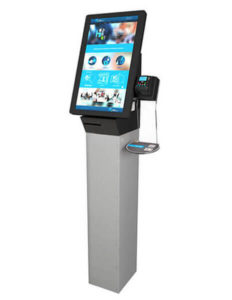Student Printing Kiosk Solutions at UND Making the Grade
The Challenge
In 2010, the University of North Dakota entered an institution-wide strategic planning initiative known as Exceptional UND. Fortunately, the Information Technology division was ahead of the game. Having undertaken its own strategic planning process in 2008, it identified Core Technology Services, outlining final recommendations for each with implementation beginning in 2010.
Computer labs were of course flagged as a Core Technology Service, and chief among the central recommendations was the following dictate:
Print Stations:
Throughout the core technology discussion, various constituency groups have expressed the need to further develop the University’s print services. These services should be available for use from student-owned systems and be strategically placed across campus.
This objective reflects a reality of today’s higher education culture: students are coming in with, and prefer to use, their own technology. Center for Instructional & Learning Technologies (CILT) Associate Director Joshua Jones explains, “We’ve made the decision to give the students services versus hardware. Instead of building more computer labs, we need to meet them where they are.”
The Solution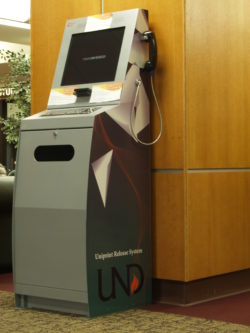
UND developed its own system called UniPrint. With UniPrint, students download installers that allow them to print from their personal computers to
designated campus printing centers. A student sends a print job to the physical location of her choice, assigning it a “release password.” At that point, she has two hours to go to the print location, swipe her U Card (UND’s student ID card), enter the password and pick up her print job. The U Card automatically deducts the printing charge (4¢ per black and white page) from the student’s account. An $8/semester student technology fee is preloaded on the card for printing expenses. Money can of course be added to the card if/when the allotted fee runs out.
The UniPrint system necessitated additional hardware to meet students’ increasing demand. In addition to UND’s computer labs, CILT established print stations – computer/printer combos on old TV carts – in closely monitored areas. The carts are a clunky, unattractive but utilitarian solution, as long as manpower is available to provide the security the equipment lacks.
Interactive kiosks were the obvious solution for high-traffic spaces that could not be staffed 24/7. After putting the project out to bid, CILT chose Advanced Kiosks because the company was best able to provide five key elements of self-service technology:
Flexibility
UND came into the project with a specific list of criteria, but remained open to input from potential vendors. “When we went out to bid, there was another company that wanted to build custom enclosures to fit a single printer model,” remembers Jones. “But we realized, ideally, these kiosks are going to be around a lot longer than any of the equipment inside them. We really appreciated Advanced Kiosks’ adjustable shelving.” It makes swapping out printers and other components easy to do. Design skill and thoughtful engineering are apparent in the Documentation Kiosks.
From there, CILT and the Advanced Kiosks team worked together to configure Documentation Kiosks with UND’s unique combination of desired features. “For our U Cards, UND is standardized on one card reader. We told Advanced Kiosks which one we use, and that’s what they gave us,” Jones explains. “We chose to include the phone handset feature and hardwire it directly to our IT Support. They also covered the standard external USB ports with plates so users can’t intentionally or unintentionally compromise the system, but if we ever do decide to repurpose the kiosks, the plates can easily be removed.” Similarly, the keyboards can be removed for touch-screen-only operation.
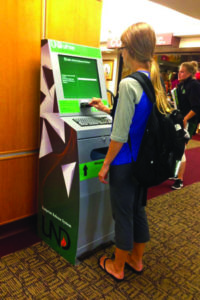
Security
UND wanted computer kiosks for printing locations that could not be staffed around the clock. College students can be depended on for heavy and hard use of shared facilities. “We wanted that armored ATM machine look,” recalls Jones. The Documentation Kiosk has an approachable, sleek-but-sturdy look that appeals to students. The plates over the USB ports also protect UND electronics from being compromised by viruses, malware and a host of other threats. “That small customization works perfectly with our UniPrint system, which locks out desktops. The kiosks can only be used for printing,” Jones says.
Visibility
Advanced Kiosks hardware isn’t just engineered for maximum efficiency; it’s designed to look good too. With a wide choice of colors, cut vinyl and/or graphic wraps, kiosks fit right in with the customer’s brand, including logos and mascots. These are aesthetically pleasing, high-tech units that call out to users in high-traffic areas. However, for those who still shy away from experiences with new technology, UND installed signage to reassure new users that printing kiosks are the way to go. At peak times in the College of Business main computer lab, for example, there can be daunting lines with significant wait times to use one of the 49 computers. Signs are posted to direct students who only need to print to the kiosks standing ready and available throughout the building.
Ease of Use
UND’s printing kiosks are both easy for students to use and for support staff to maintain. “Advanced Kiosks products are just designed great,” Jones applauds. The service doors are located in the front for easy access. The screens move forward so you can easily get to the computer and monitor. “For us, the same key opens all units across campus. It’s secure without being cumbersome.”
For students, Jones likes the touch-screen keyboards because they offer users fewer options and no function keys. “They keep users locked into our software, and that’s exactly where we want them,” he explains.
Responsive Service
UND has relied on Advanced Kiosks for fast, dependable service from the beginning. “It only took a few weeks from ordering to delivery,” says Jones. “We placed our order for the first batch of kiosks in July and got them right before school started.” The three-year, end-to-end warranty never lets you down. From offering technical support to replacement parts, Advanced Kiosks provides what you need, when you need it.
The Results
CILT has accomplished exactly what it set out to do. On one hand, there’s been a dramatic decrease in waste from the wide-open printing days when students had no incentive to minimize their use of paper and toner. On the other, internal statistics prove if you give people what they want, they will use the service loyally. In just one year of kiosk use, UniPrint has gone from 1.2 million pages printed to almost two million.
The Future
In 2012, Jones’ first order was basically a pilot program with four printing kiosks going to the College of Business and two purchased by UND’s main campus. The results were promising enough to add six more kiosks in the same calendar year, and the plan is to place a third order in 2013. “Our goal is to have one public print station in every building,” Jones says of the 240-building campus.
In many ways, the University of North Dakota serves as a thought leader for the other ten schools in the North Dakota University System. As UND’s experience and success with interactive kiosks gains momentum, other institutions will see them as viable and attractive solutions not just for student printing, but for every aspect of university life, from paying bills to registering for classes to weighing dining hall options. Computer kiosks are ideal for budget-conscious schools that cater to technologically savvy students preparing for life and work in an increasingly digital world.
Call us today to save your campus money and manpower with a full-service turnkey solution from Advanced Kiosks.
This UND orientation video introduces students to the new UniPrint Stations located throughout campus.
Download UND Case Study (PDF).
